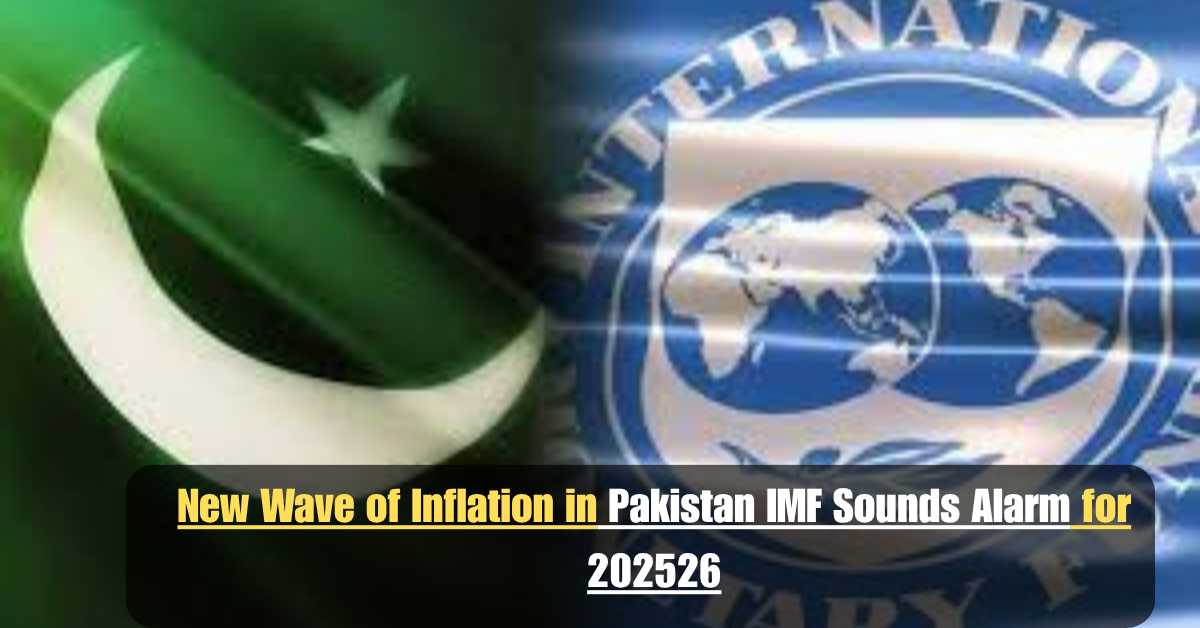Pakistan appears to be on the cusp of a fresh inflationary wave with the International Monetary Fund IMF issuing strong warnings about risks for fiscal year 202526 A complex interplay of domestic policy shifts rising global commodity prices and loosening monetary conditions are combining to threaten the fragile economic recovery
Recent Inflation Trends
May 2025 CPI Surge
Pakistans Consumer Price Index CPI rose to 35 percent year on year in May significantly above the governments 15 to 2 percent projection
- Low Previous Base
- Despite this uptick month on month figures still showed a 03 percent deflation indicating fading base effects rather than a sustained price spike
- Projections Rising
- The Finance Division and central bank predict inflation could reach 7 to 75 percent in FY 202526
- Why the IMF Is Concerned
- The IMFs review documentation reveals several red flags for 202526
- Base Effect Rebound
- With Aprils CPI at an unusually low 03 percent year on year comparisons are distorting making core inflation look more severe
- Core Inflation Elevated
- Core inflation the durable component excluding food and energy remains stubbornly high raising concerns even as headline CPI appears subdued
- Policy Rate Cuts
- Since June 2024 the State Bank of Pakistan aggressively cut rates from 22 percent to 11 percent and even debated further cuts as inflation softened
- External Shock Risks
- Geopolitical instability like conflicts in the Middle East has driven oil prices higher impairing Pakistans inflation outlook and fiscal balance
- Structural Reforms Unfinished
- While progress was made on subsidy targeting and SOE reform many structural changes remain incomplete as pressure builds around fiscal adjustments
Also read:Dollar Continues to Gain Momentum as Interbank Rate Surpasses 284 Rupees
Policy and Economic Environment
The current fiscal and monetary stance is shaped by IMF program conditionalities and central bank measures
Central Bank Messaging
The SBP has emphasized its commitment to keeping inflation expectations anchored but remains prepared to tighten if inflation exceeds expectations
Fiscal Consolidation Efforts
Budget targets for FY 202526 include a primary surplus of 16 percent of GDP with tighter expenditure aligned with IMF defined parameters
Broad Policy Reforms
Reforms were proposed to phase out blanket agricultural subsidies expand public sector enterprise privatization and enhance power sector efficiency all supported under IMF guidelines
Outlook for FY 202526
According to IMF timelines the next review is due in H2 2025 shortly after the FY 202526 budget is unveiled Key concerns include
- Inflation targeting Maintaining 5 to 7 percent inflation range
- Monetary discipline Avoiding premature rate cuts
- Fiscal stability Adhering to the primary surplus target
- Risks That Could Ignite Inflation
- Energy and food price volatility due to global shocks
- Incomplete subsidy reforms especially in agriculture and power
- Currency depreciation driving imported inflation
- Fiscal slippage resulting in higher deficits

Final Word
The IMFs alarm reflects a precarious balance while inflation remains historically low by recent standards vulnerabilities persist With an aggressive easing cycle underway geopolitical shocks looming and structural reform timelines stretched the risk of a steep inflation jump in FY 202526 is real .
Government and the central bank now face a policy tightrope resist easing too quickly and undermine growth or ease too much and trigger inflation expectations anew The upcoming budget and IMF review will test Pakistans ability to navigate this critical juncture .
